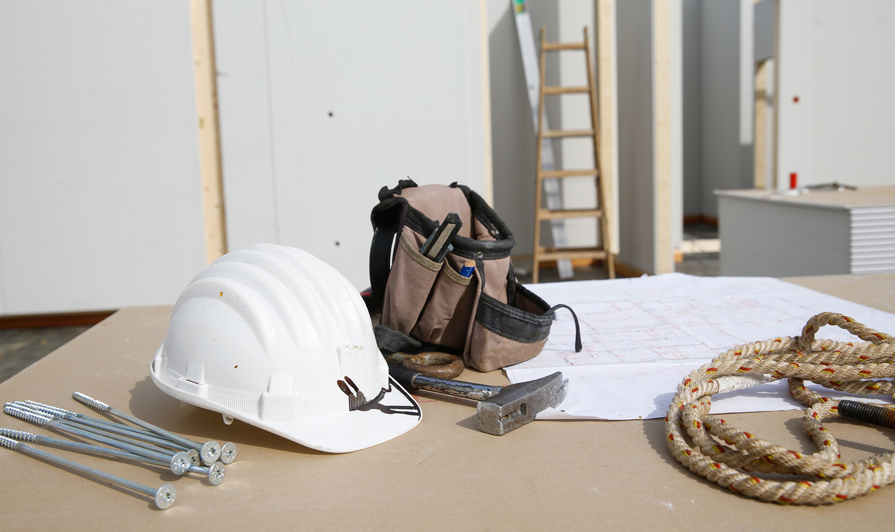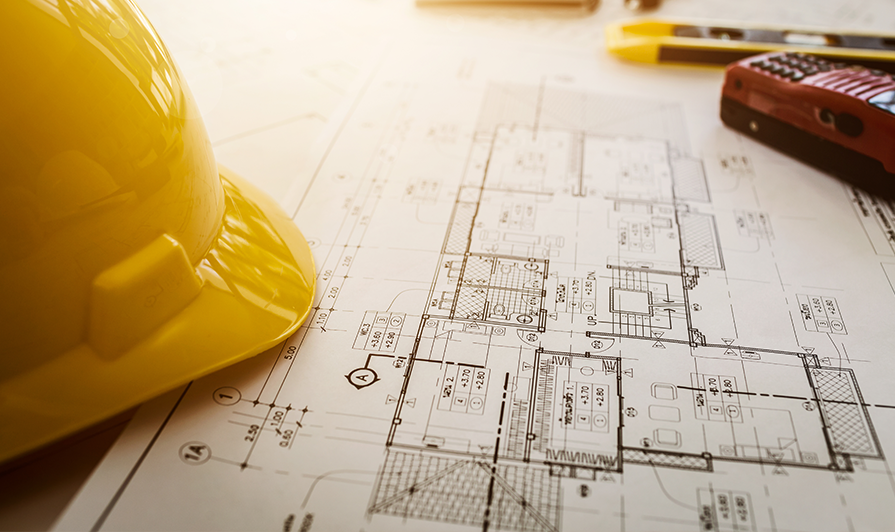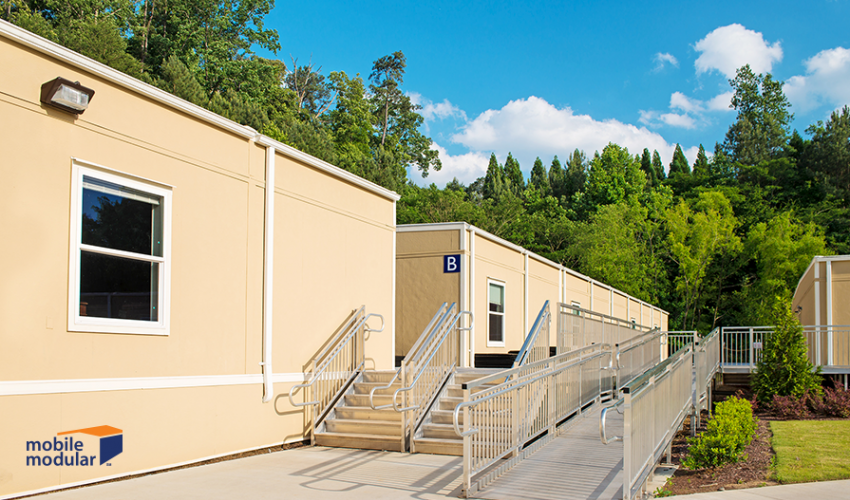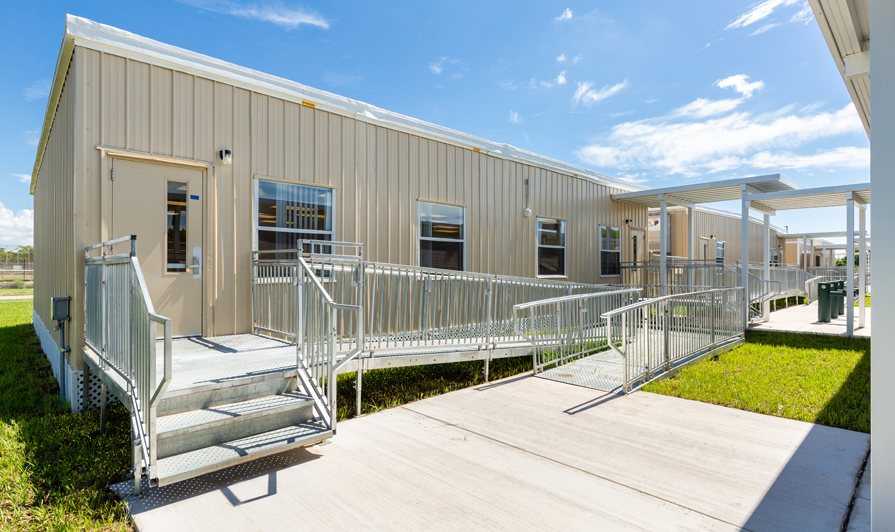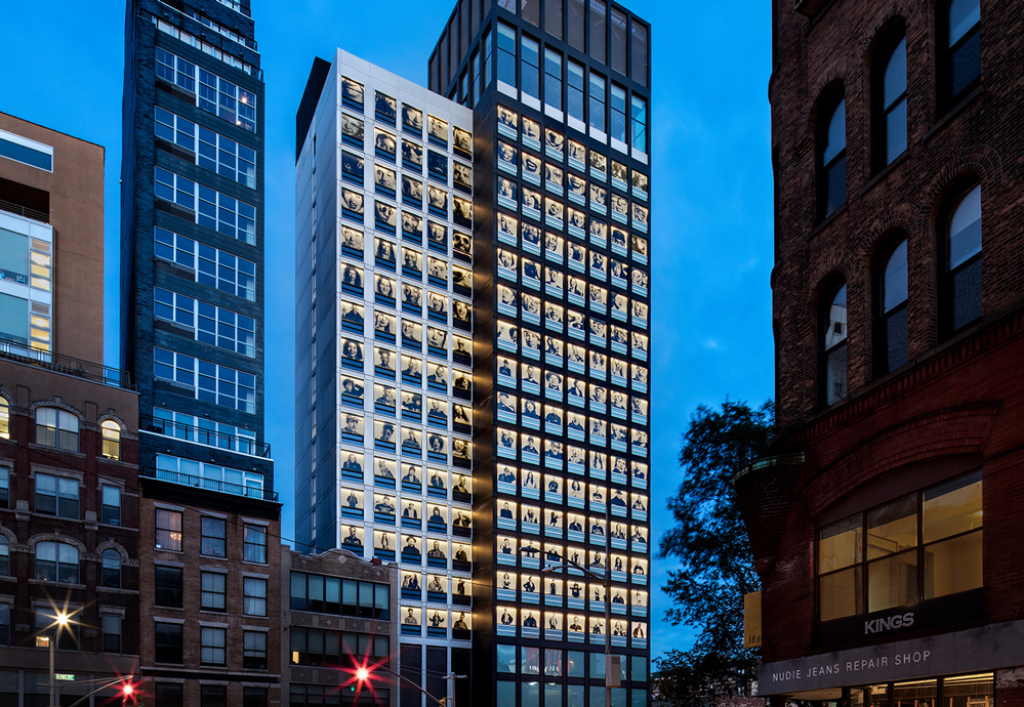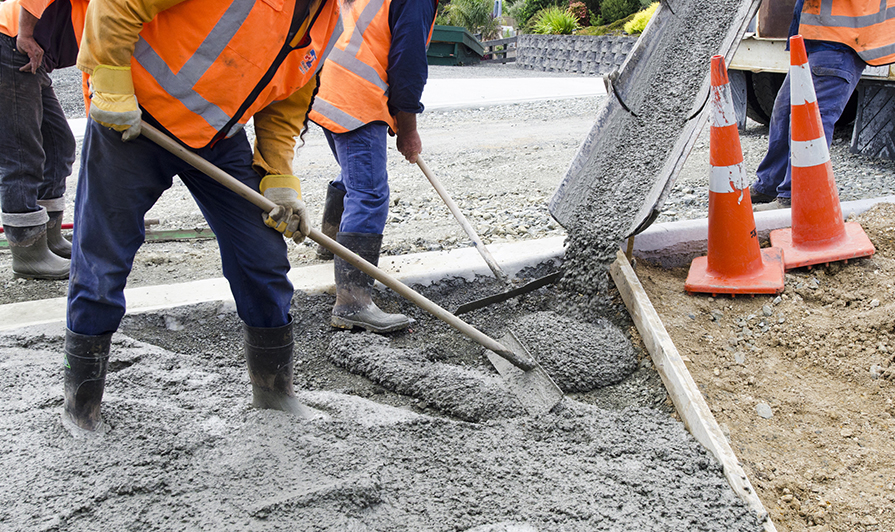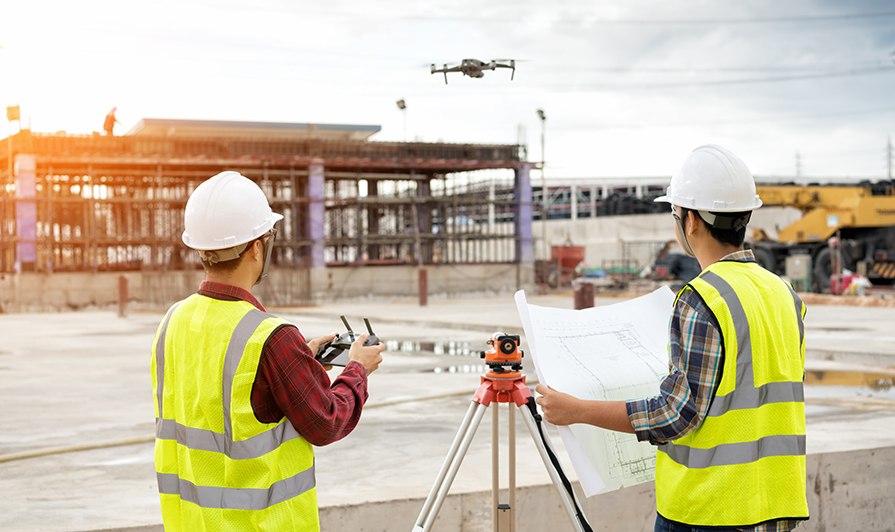Prefabricated buildings and their manifold advantages have taken the construction industry by storm.
Conventional or site-built construction is a universally accepted method of construction that has its benefits.
According to a market research report by MarketsandMarkets, Modular Construction market size is estimated to grow from $92.18 billion in 2018 to $129.67 billion in 2023, at a CAGR of 7.1%.
The biggest drawback of constructing your building is the time, effort, and resources that it demands. But the problems don’t end there. They extend into anxieties concerning pollution, site preparation, paying an army of workers, and renting equipment for construction.
Global integration and technological advancements are shaping the future and welcoming new perspectives and a new workforce.
The practice of prefabrication as a type of construction seems rather new, however history shows that it that it has been around for a long time. Did you know that:
Cost-effective, environment-friendly, and sustainable –modular buildings have changed the construction industry across the globe. Read on for some real-world examples of innovative modular construction.
Concrete, a fundamental element in construction, can be found in foundations, structures, roads, bridges, highways, embankments, etc.
The introduction of technology into the construction industry has led to several unconventional means of accomplishing tasks that were once done manually.


